Learning to Plaster
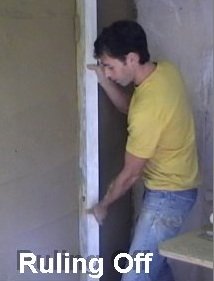
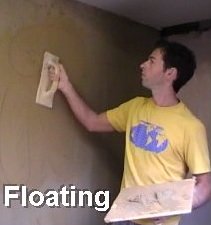
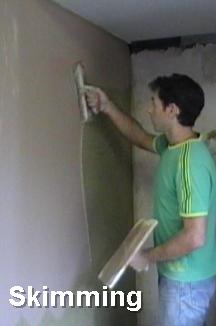
|
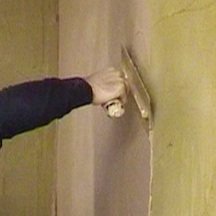 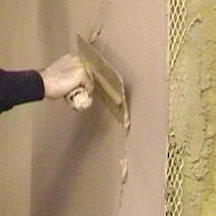 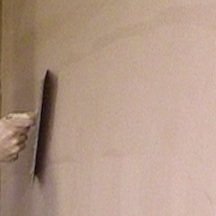 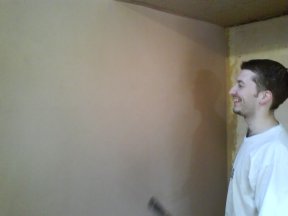 Learning to plaster puts you in control and gives a great sense of achievement. Learning to plaster puts you in control and gives a great sense of achievement. |
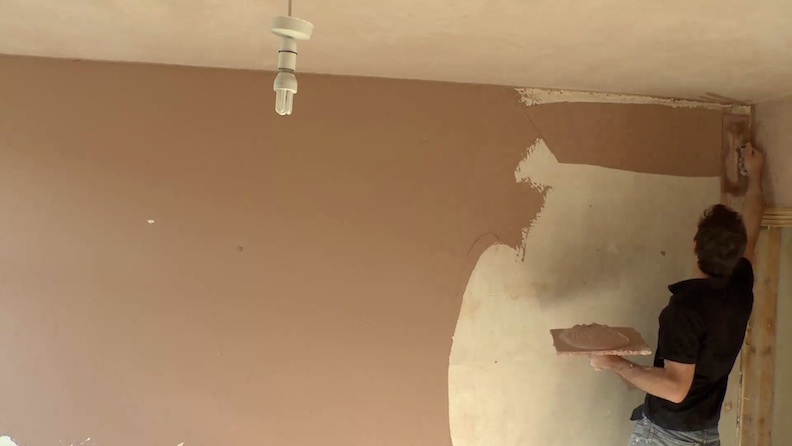
A Living (sometimes temperamental) thing!
For the time that you are working with plaster - think of the materials as a living thing that:
- needs water,
- needs looking after,
- cannot be left alone for too long (but sometimes need to be left for a while to firm up).
Working with plaster and giving it what it needs will make your life easier and give good results.
This site endeavours to guide you through the process of understanding and limiting the variables to ensure you slowly become accustomed to the materials and the skills needed to learn the Art of Plastering.
Learning to plaster:
- puts you in control
- and gives a great sense of achievement.
Learning the Art of Plastering
Take your time - slow down the movements with your trowel and make each towel stroke count
Enjoy it - basic preparation such as suction control will ensure you have plenty of time and will not be stressed
Feel it - focus on what is happening to the plaster on the other side of your trowel
Read it - before you just take your trowel over the plaster - quickly evaluate what you want to do, for example if it's too thick - thin it out, if its uneven - flatten it. Then work out what technique will best do this and before long you will be doing it all sub-consciously.
Stand back - As any artist would it is important to view your work from a different perspective. When you're up close you can get lost with trivial problems, now and again view it from different angles.
Be in Control of the Plaster
Step by Step demonstrations with the focus on the basic principles really does produce results. There are many variables that can also affect how the plaster 'behaves' but once you know them and understand them you can begin to be in control of the plaster.
The success stories testify learning to plaster can be a very rewarding experience.
Learning to plaster puts you in control
and gives a great sense of achievement.
2 Day Plastering Course - Dean proudly admiring his work
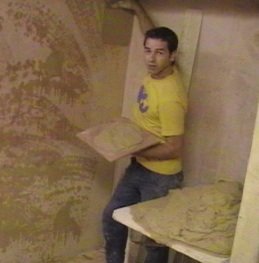
Learning to Plaster
DVD & Video
Good results can be achieved with the DVD or Video by working through the stages of plastering when it suits you. There are a few points to always keep in mind that will help you with you learn to plaster.
Plastering Course
Learn how to plaster and enjoy all the benefits of 1:1 instruction. There are a whole range of plastering courses to suit everyone.
Learning to Plaster Step by Step Guide
DVD Review
Paul,
I bought your DVD and guide in March. I also asked you about plastering ceilings. Your advice and materials were excellent. I have now completed several ceilings, walls etc with perfect results. I have even done some cement plastering in the bathroom (your tip on plasticizer was great). In the US the plastcizer usually comes in the form of various admixes (usually acrylic) and they are mostly sold as for mortar beds for tile installations and Stucco (our term for render). If you have any follow up videos or materials please let me know.
Thanks for all of your help
Norm Lafond

Video Feedback:
Dear Sir, Thank you for your informative videos.
I “had a go” at plastering some time back and it wasn`t too good .
Your info about 10-15 mm float angle was useful , but the best tip was about
the “ peaking test”
as the “consistency of cream” mix is a bit to vague as I mixed the original too thick
Many thanks
A Jellings (Leeds U.K.)
DVD Feedback:
Hi, I just want to say that after watching your DVD I had a go at skimming over my kitchen chimney breast (1930's semi).
I started with the 'easier' sides and must say that the results were fantastic.
The larger front piece was an exercise in trust, but by following your guidance, I have produced a very, very good finish.
My neighbour, who's been in the building trade a long time was shocked by the results!
He did say that is wasn't "Quite a glass finish", but I told him that decorators prefer an egg-shell finish - That told him!
Thanks
Chaz----------
2 Day Feedback
Hi Paul, Done the first 2 wall in the living room and a small ceiling and everyone comments on how good it looks. Preparing for the big walls and ceiling. Thanks Colin